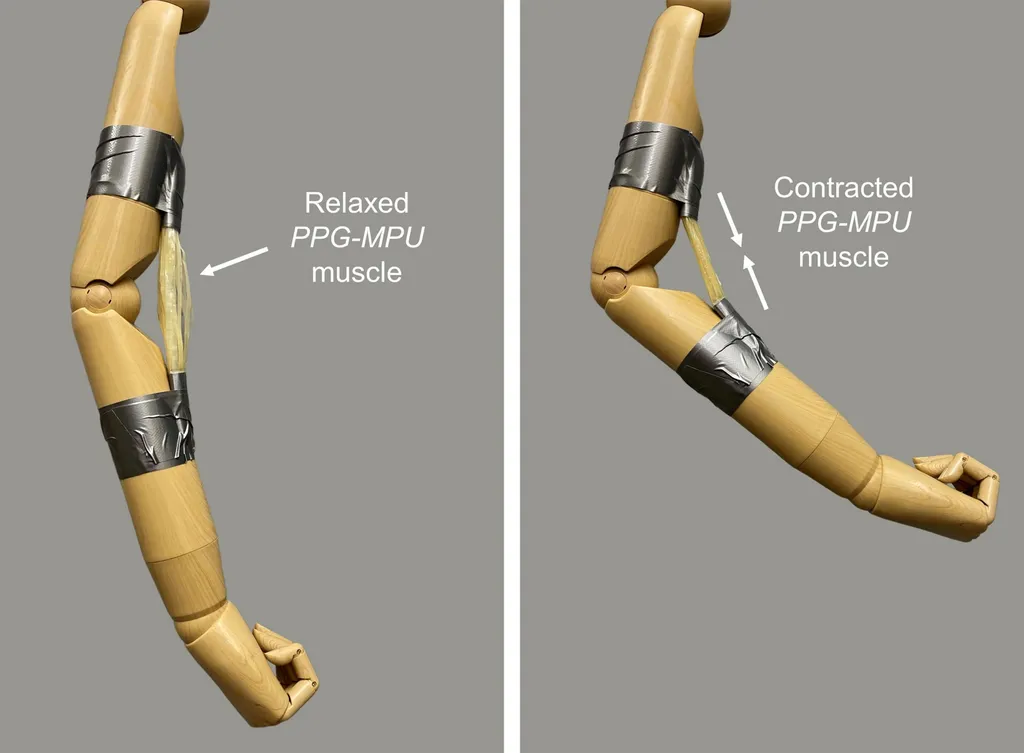In the realm of advanced materials, a groundbreaking study led by Dr. Jie Tian from Nanjing Tech University is set to revolutionize our understanding of shape memory polymers (SMPs), with significant implications for the energy sector. Published in the International Journal of Smart and Nano Materials (translated as “Intelligent and Nanoscale Materials Journal”), the research introduces a sophisticated 3D constitutive framework that sheds light on the intricate dance between crystallization, melting, and viscoelasticity in crosslinked semicrystalline polymers.
Dr. Tian and his team have tackled a complex challenge: creating a model that accurately captures the behavior of these smart materials under varying thermomechanical conditions. “Our goal was to bridge the gap between molecular-scale phase transitions and macroscopic responses,” explains Dr. Tian. “By integrating a modified theory of multiple natural configurations with a revised time-temperature superposition principle, we’ve developed a tool that can predict the behavior of these materials with unprecedented accuracy.”
The implications for the energy sector are profound. Shape memory polymers are already being explored for use in soft actuators and smart devices, but their full potential has been hampered by a lack of understanding of their complex behaviors. This new model could change that, enabling engineers to design more efficient and reliable systems.
The research involved an extensive experimental campaign on crosslinked ethylene-vinyl acetate (EVA) with controlled crosslink densities. The team combined multi-rate differential scanning calorimetry (DSC) analysis, frequency-sweep dynamic mechanical analysis (DMA), and coupled stress-strain-temperature protocols to quantify the dynamic evolution of crystallinity and viscoelastic moduli. They also introduced a modified WLF-Arrhenius hybrid equation to describe nonlinear stress relaxation mechanisms, validated through master curve construction from TTSP tests.
The model’s ability to predict recovery behaviors in free one-way shape memory effects (1W-SMEs) and stress-rate hysteresis in two-way shape memory effects (2W-SMEs) opens up new possibilities for designing programmable soft actuators and smart devices. These could be used in a variety of energy applications, from smart grids to advanced energy storage systems.
As we look to the future, this research could shape the development of next-generation materials that are more responsive, more efficient, and better suited to the demands of the energy sector. Dr. Tian’s work is a testament to the power of interdisciplinary research, combining insights from materials science, polymer physics, and mechanical engineering to push the boundaries of what’s possible.
In the words of Dr. Tian, “This is just the beginning. Our model provides a unified tool for understanding and designing these complex materials, but there’s still much to explore. The future of shape memory polymers is bright, and we’re excited to be at the forefront of this exciting field.”

